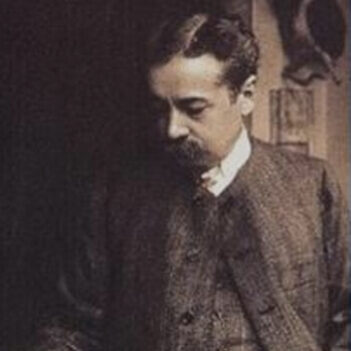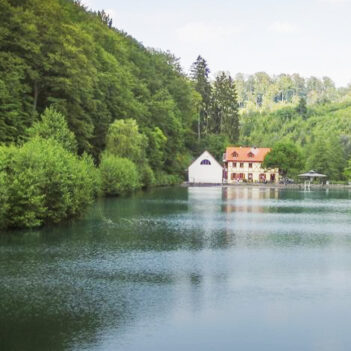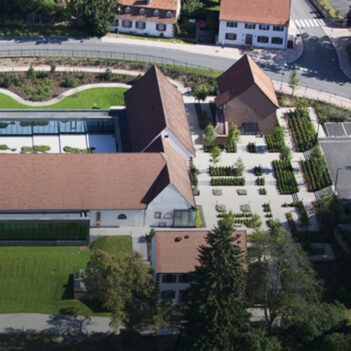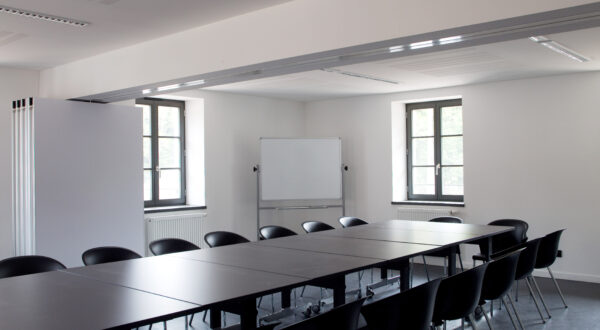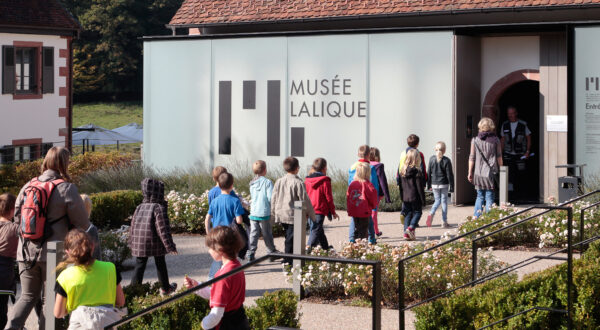- Temporary exhibitions
- 2022 : 100 years of Lalique in Alsace
- 2021 : La table, tout un art
- 2019 : The invention of Modern Perfume
- 2018 : Prism
- 2017 : Back to the sources
- 2016: Lalique and the Art of Travel
- 2015: Glass in everyday life
- 2014: The aquatic world of Lalique
- 2013: Glass and the great masters of modern art
- 2012: Suzanne Lalique-Haviland, the decor reinvented
- The collections
- Lalique more than a name
- The site
- Exhibit of the month
Beginning: 29 April 2016
End: 2 November 2016
Trains, ships and cars were all fast becoming major modes of transport at the end of the 19th and beginning of the 20th century – three means of travel that all had a significant impact on René Lalique’s creative inspiration.
By the second half of the 19th century, technical progress was making it easier to travel both by land and sea. It was the start of a new era of communication that was to radically modify relationships – Europe and the world were changing scale. It was becoming possible to travel to distant lands in times that no one could have imagined possible just a few decades earlier. With the dawn of the 20th century, the major issue had become making travel more comfortable. The Compagnie Générale Transatlantique and the Compagnie Internationale des Wagons-lits both took up the challenge, turning what had begun as a mere means of transport into an art of living, in particular for first class travel. Already internationally renowned as a master glassmaker, René Lalique was commissioned to design various objects – particularly lamps and chandeliers – for the interior of three major ocean liners, the Paris, the Ile-de-France and the Normandie. He also designed decorative glass panels for trains such as the Côte d’Azur Pullman Express. Lalique took a personal interest in cars, and between 1925 and 1931designed around thirty radiator caps. The refined atmosphere of these floating palaces and luxurious railway carriages and the subtle artistic touch of Lalique’s glass mascots will be the special focus of the Lalique and the Art of Travel exhibition.
Admission charge:
Exhibition alone : €6/pers full price – €3/pers reduced pric – €14/family entrance (1 to 2 adults and up to 5 children)
Exhibition + museum : €9/pers full price – €4.5/pers reduced pric – €21/family entrance (1 to 2 adults and up to 5 children)
Free with an annual pass of the Lalique museum.

